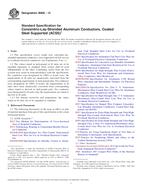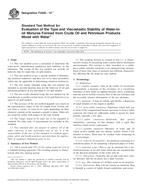1.1 This specification covers the minimum airworthiness standards a manufacturer shall meet in the designing, testing, and labeling of weight-shift-control aircraft.
1.2 This specification covers only weight-shift-control aircraft in which flight control systems do not use hinged surfaces controlled by the pilot.
Note 1
This section is intended to preclude hinged surfaces such as typically found on conventional airplanes such as rudders and elevators. Flexible sail surfaces typically found on weight-shift aircraft are not considered hinged surfaces for the purposes of this specification.
1.3 Weight-shift-control aircraft means a powered aircraft with a framed pivoting wing and a fuselage (trike carriage) controllable only in pitch and roll by the pilot’s ability to change the aircraft’s center of gravity with respect to the wing. Flight control of the aircraft depends on the wing’s ability to flexibly deform rather than the use of control surfaces.
1.4 This specification is organized and numbered in accordance with the bylaws established for Committee F37. The main sections are:
| Scope | |
| Referenced Documents | |
| Terminology | |
| Flight Requirements | |
| Structural Requirements | |
| Design and Construction Requirements | |
| Powerplant Requirements | |
| Equipment Requirements | |
| Operating Limitations | |
| Keywords | |
| Annex | |
| Appendix |
1.5 The values stated in SI units are to be regarded as the standard. The values given in parentheses are for information only.
This standard does not purport to address all of the safety concerns, if any, associated with its use. It is the responsibility of the user of this standard to establish appropriate safety and health practices and determine the applicability of regulatory requirements prior to use.
Product Details
- Published:
- 11/01/2005
- Number of Pages:
- 10
- File Size:
- 1 file , 120 KB


